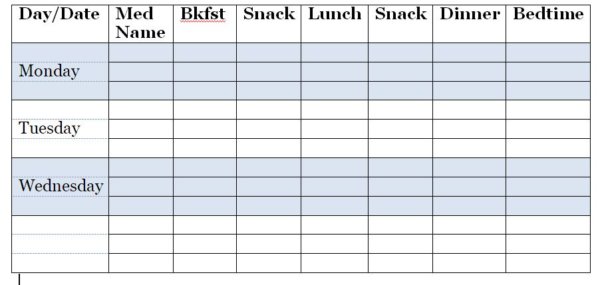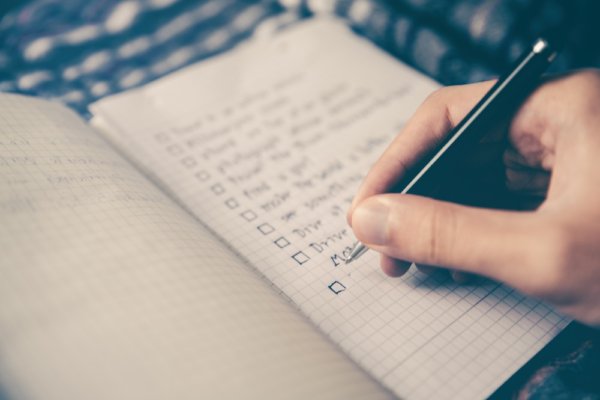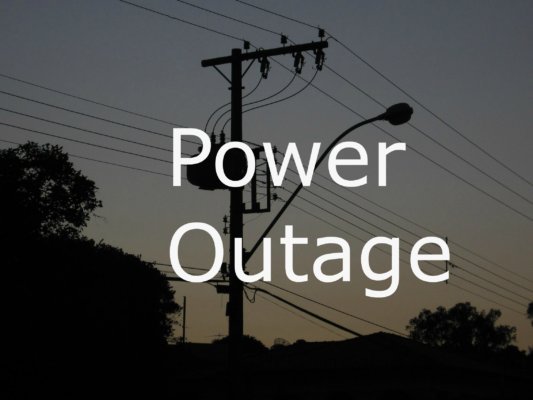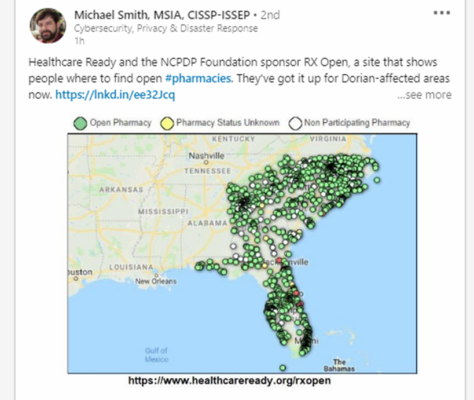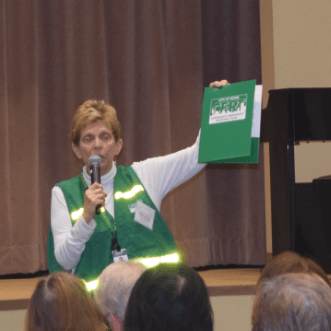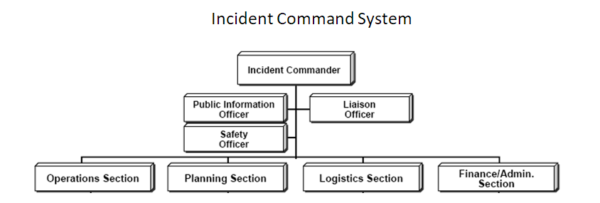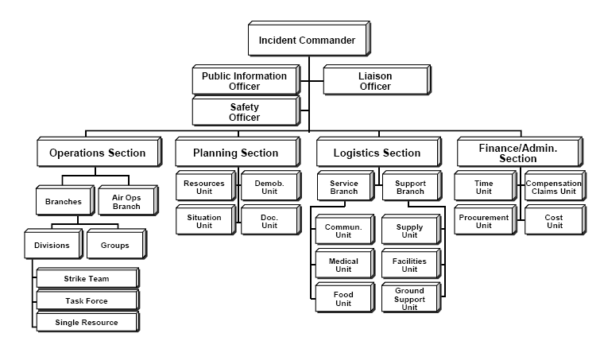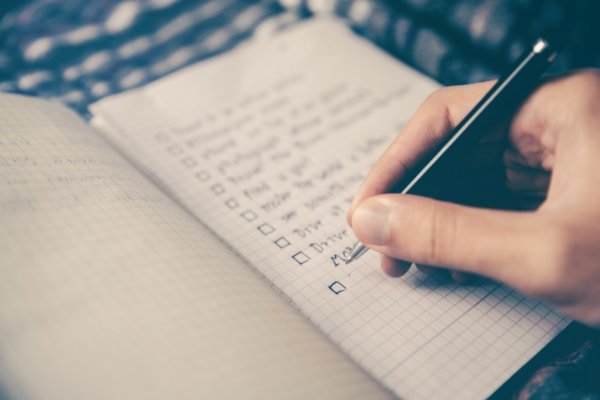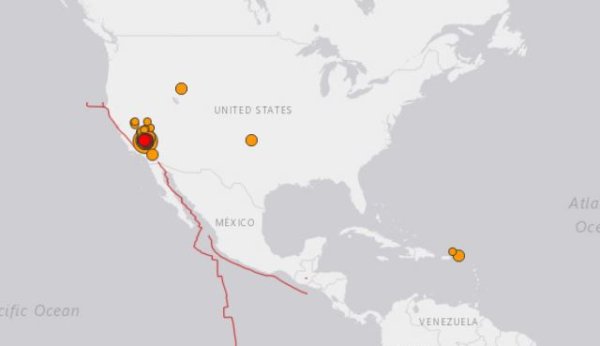Will your credit survive a disaster?

Assume a major storm, hurricane or earthquake. Communications are disrupted. What happens to your bills – and your credit rating?
Today we went to the bank to set up a new account. We’ve been planning recently about how to promote building a savings account specifically for emergencies, so we figured we’d do some actual background research.
Setting up the account took a lot longer than I expected. It felt as though the “Know your customer” (KYC) regulations, set up after 9/11 to combat fraud, have been integrated into every step of the account opening process!
This exercise brought me back for another look at an earlier Advisory about what happens when a disaster interrupts your regularly-scheduled bill paying. It’s clearly time for an update!
Do you receive bills, and pay them, via the US Postal Service?
Yes, online transactions are more popular than ever, but still, did you know that 4 out of all 10 bills are still paid using a paper check? So let’s start with them.
If you like the control of paper bills and checks, do you have a record of when your various bills come due and where the payments go? Would you be able to write and send at least a minimum payment if the actual paper bills didn’t arrive? (As we have seen, this isn’t fantasy. Over the course of the summer 2020 delivery times for the U.S. mail were severely impacted.)
You can be sure that just because the mail truck couldn’t make it through the flooded creek, your creditors will be looking for their expected payment. When that payment doesn’t arrive, your account will be automatically charged with a late fee.
Do you receive bills and pay them online by going to your creditors’ websites or by using the bill pay functions offered by your bank?
In a disaster, your bank’s website will continue to be open for business – but if your computer or smartphone isn’t able to access the internet, you may not be able to get to that website to pay the bills that are coming due every day!
What can you do starting now to protect your credit rating?
Even if you’re used to paying bills online, and using ATM machines for convenient transactions, there are three things you should do starting now to protect your credit BEFORE an emergency strikes.
Step One: Pay your bills immediately.
Pay your bills as soon after you receive them as possible. If you wait until the last minute, you may end up weeks behind because of the emergency and you run the risk of late charges and damage to your credit rating if your payments didn’t get there on time.
Step Two: Have payment slips prepared.
If you pay by check, take time now to make two hard copies each of the payment slips that have the account numbers, barcodes and amount/s due imprinted on them. Following a major even you can use these to make minimum payments by hand until things get back to normal.
Step Three: Set up automatic bill-paying BY COMPUTER.
Paying online is faster, less expensive (no stamps) and the chances are good that you will be able to get back to operating on line more quickly than by mail following a major disaster event. Setting up accounts to be paid automatically each month simplifies things even more.
Of course, monthly automatic bill pay assumes that you will have an automatic deposit made each month! You’ll want to find out just if and how you will be paid if an emergency interrupts your work.
How will creditors react?
We’re often asked, “Won’t the creditors give me leeway in a major emergency?”
Yes . . . there’s a concept called “disaster forbearance” that may apply — but usually only if you are in a federally-declared disaster area. And that declaration may take some time — or never happen. (We have witnessed a “forebearance” policy from some banks as the result of COVID-19 — but that period came and went . . .)
In any case, creditors will be happier to work with you if you contact them before your next bill is due! If you are lucky, you may be able to avoid late fees and extra interest payments.
But be ready to jump through all sorts of hoops to correct the records. Once you get put sideways into their (and the credit reporting agencies’) computers, you go through hell trying to straighten them out. Multiply this times the number of creditors and you have a monster of a problem to look forward to at a time when you will have plenty of other problems to be solving!
Virginia
Your Emergency Plan Guide team
P.S. Oh, and getting back to that “emergency savings account?” Like every other good idea for saving money, the simplest approach is to set up an automatic “payment” to yourself, designed to go directly into a separate account. Since the average American who says they have put money aside for emergencies has actually saved less than $400 (!), it would be a good idea to set that up now!


